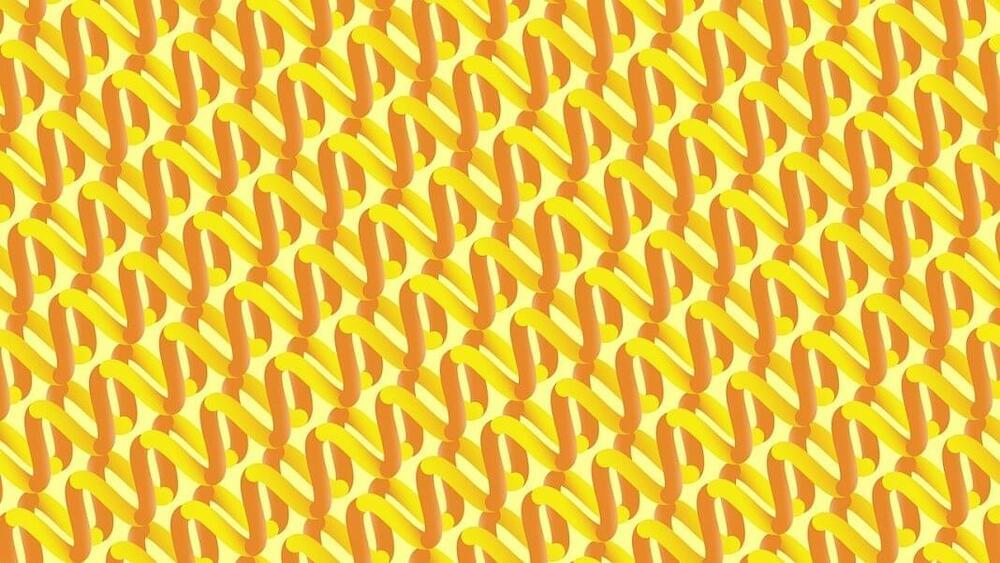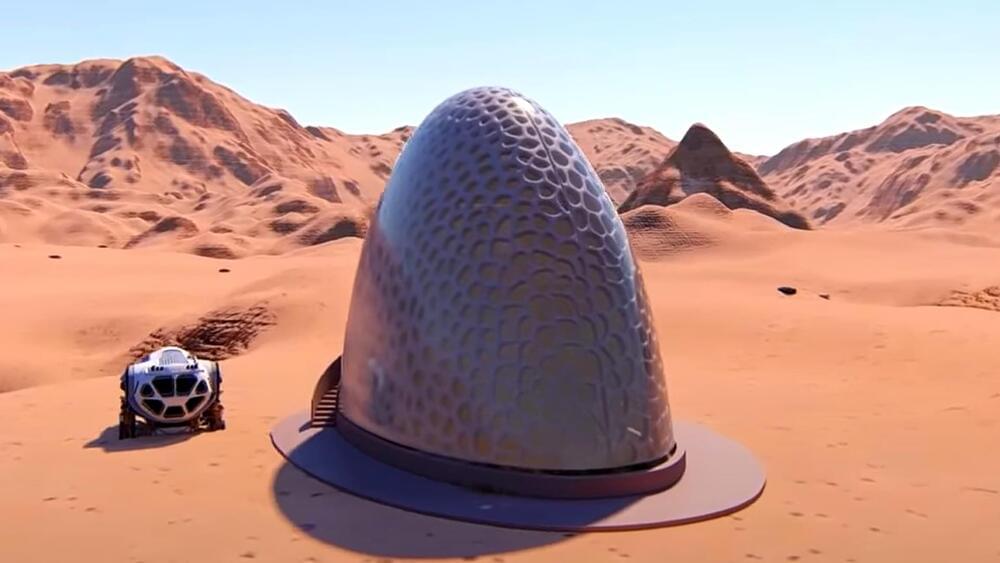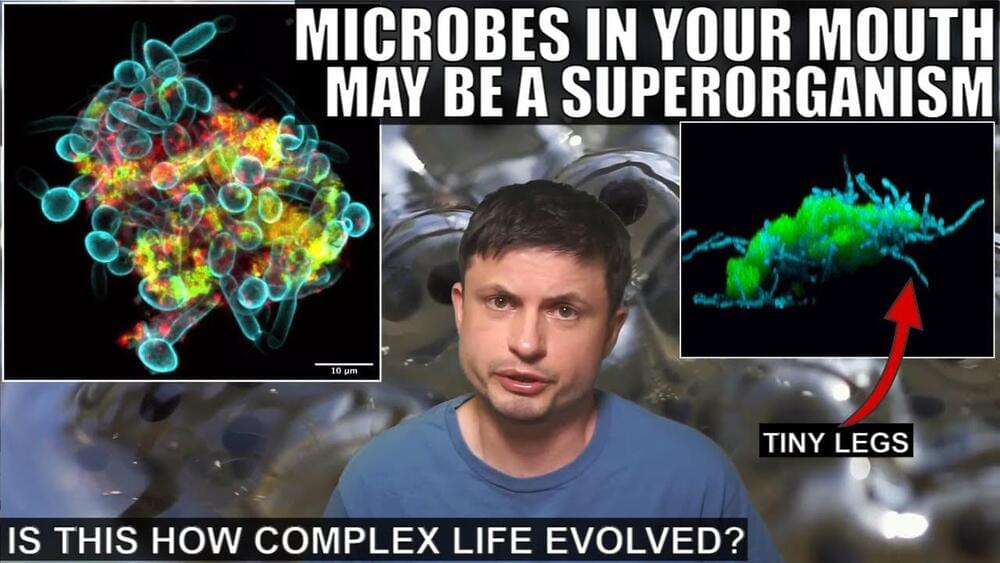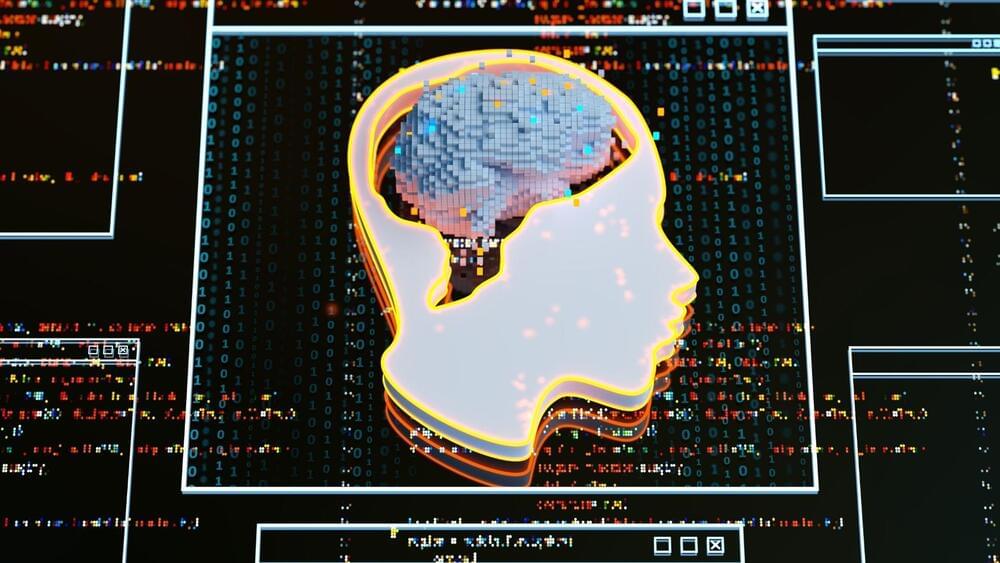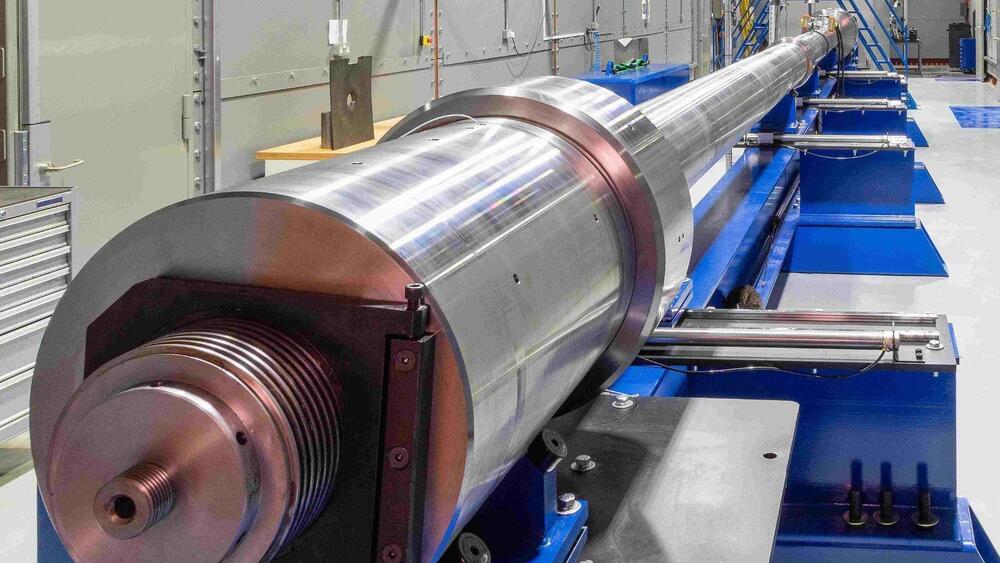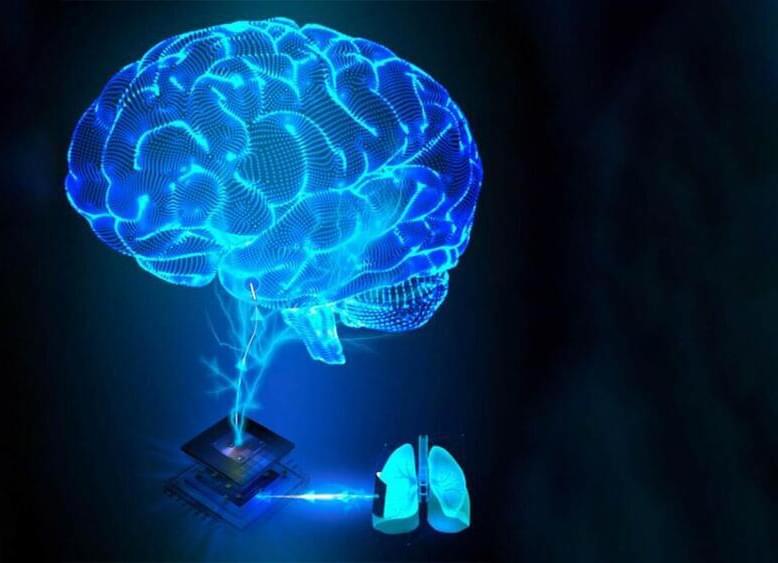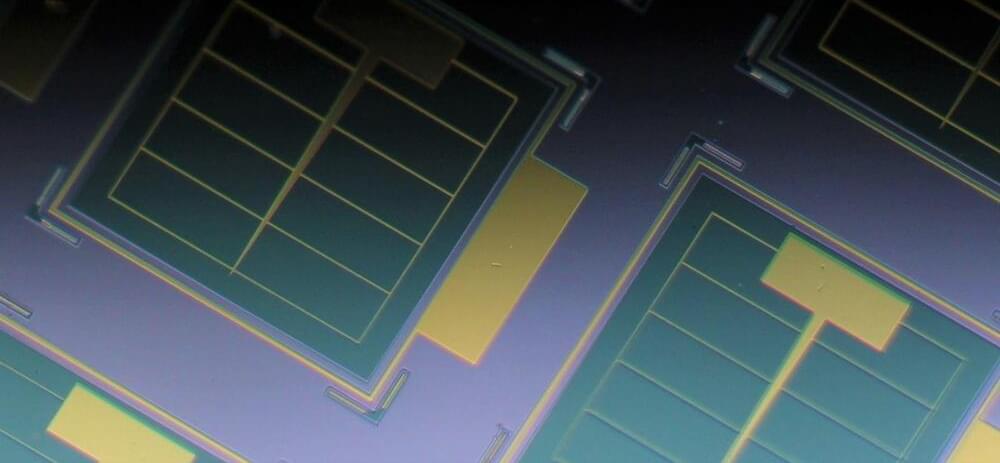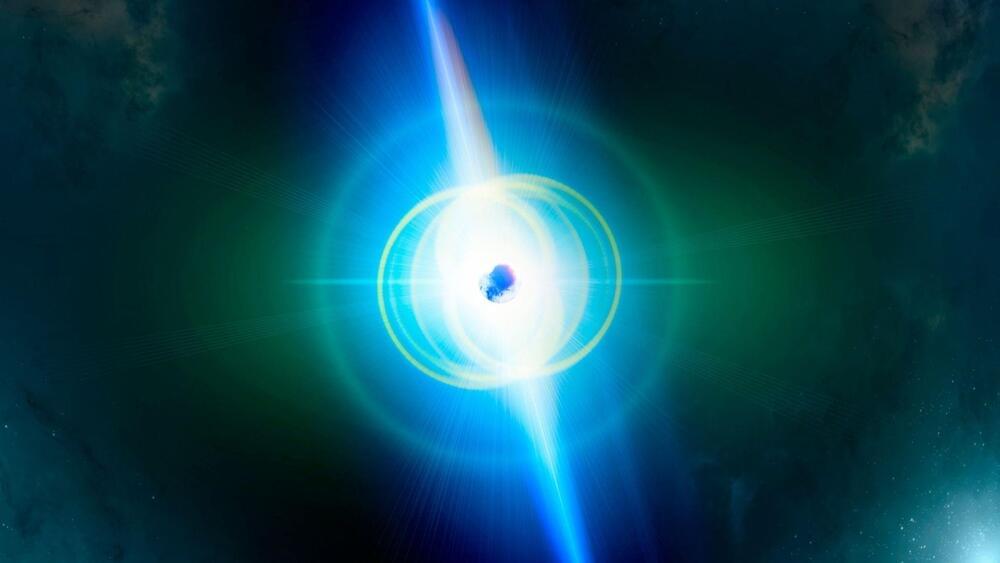Nov 8, 2022
Scientists Tap Into Biology’s ‘Mirror Dimension’ to Create Ultra-Strong Synthetic RNA
Posted by Jose Ruben Rodriguez Fuentes in categories: biotech/medical, computing, genetics
Even more daring, biology’s “mirror dimension” may be a springboard to engineer synthetic life forms that exist outside of nature, but are literal reflections of ourselves. To rephrase: building a mirror-image version of biology means rewriting the fundamental operating system of life.
Sound a bit too sci-fi? Let me explain. Similar to how our left hand can’t wear a right-hand glove, the building blocks of life—DNA, RNA, and proteins—are etched into specific 3D structures. Flip them around, as if reflected by a mirror, and they can no longer function inside the body. Scientists aren’t yet sure why nature picked just one shape out of two potential mirror images. But they’re ready to test it out.
A new study in Science made strides by reworking parts of the body’s protein-making machine into its mirror image. At the center is a structure called the ribosome, which intakes genetic code and translates it into amino acids—the Lego blocks for all proteins. The ribosome is an iconic cellular architecture, fused from two main molecular components: RNA and proteins.
